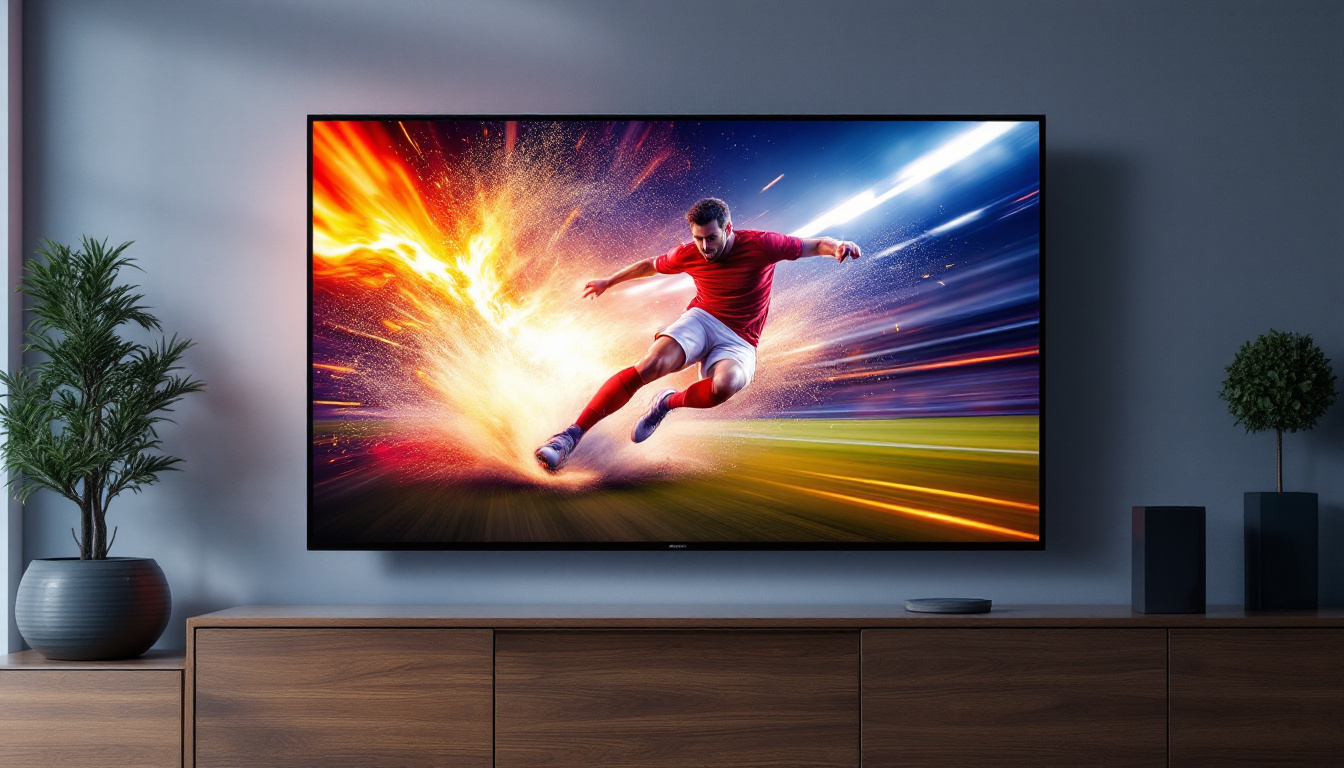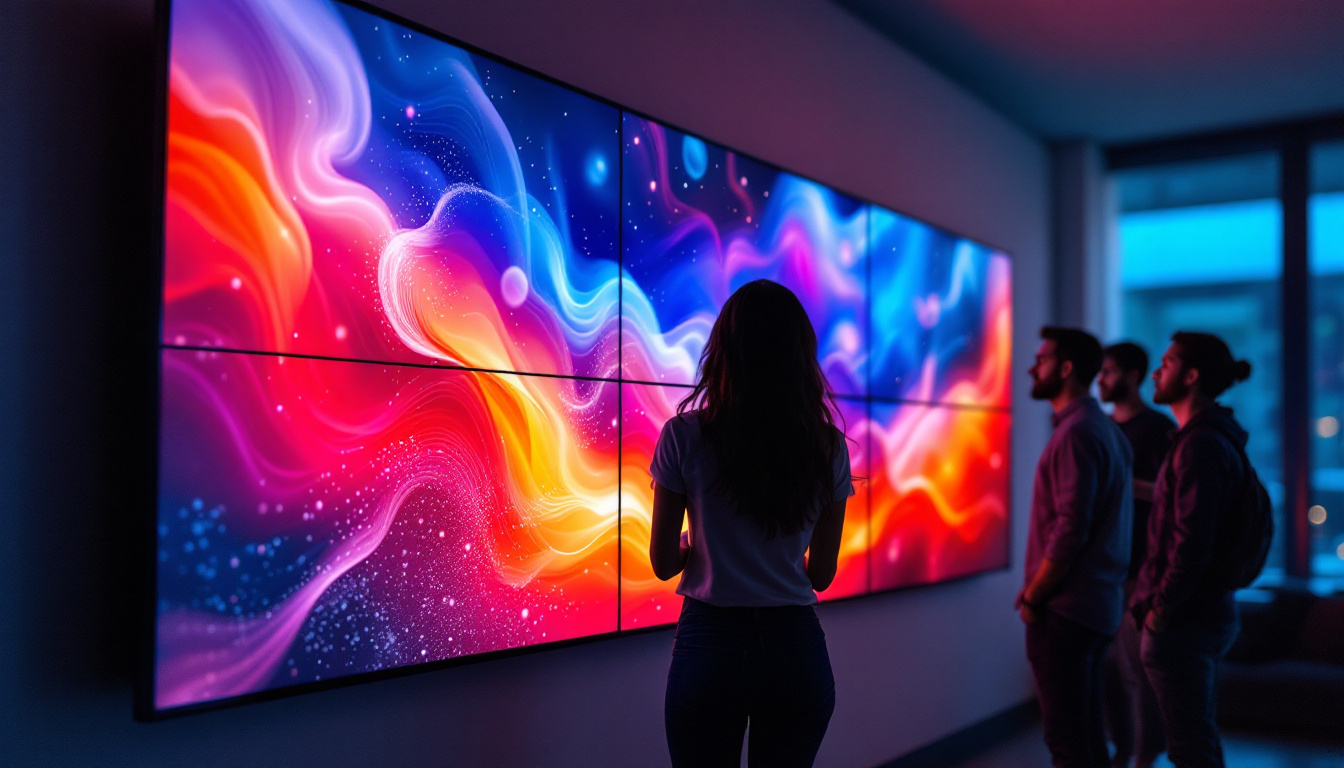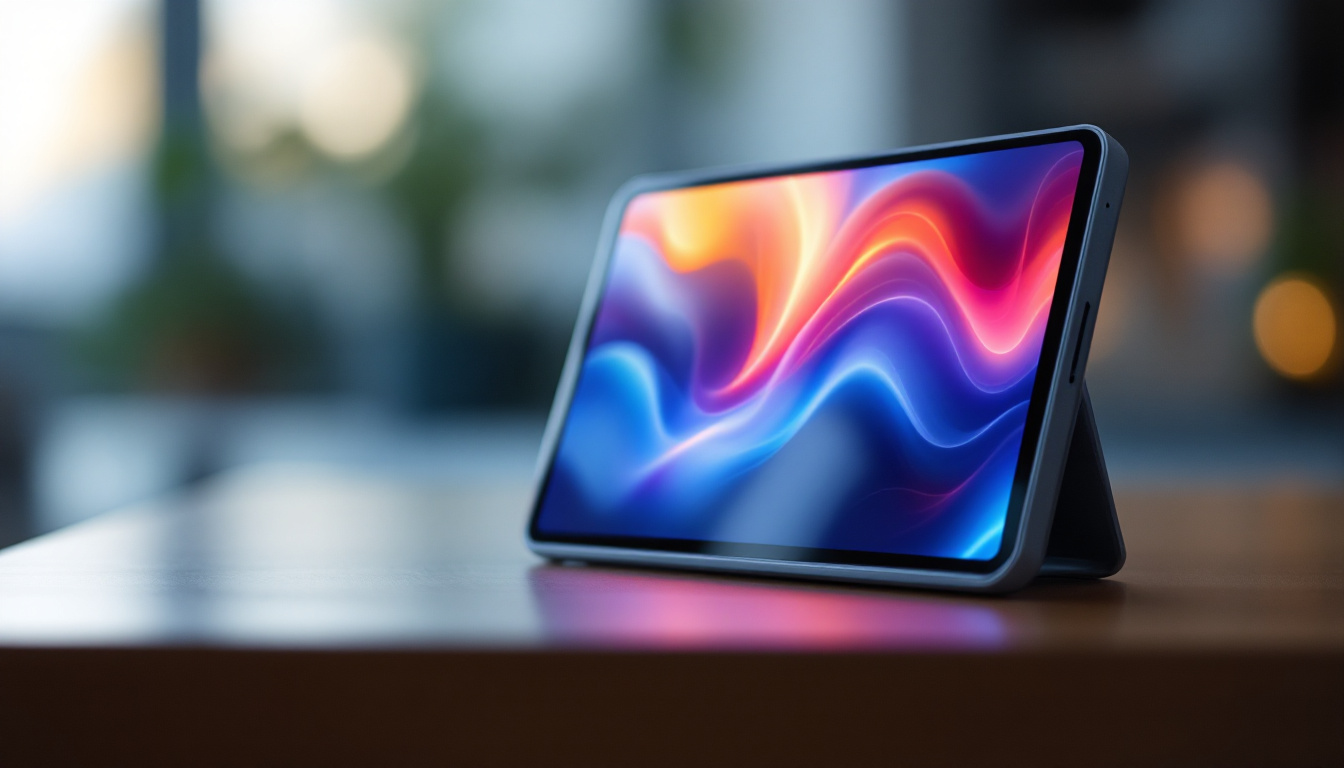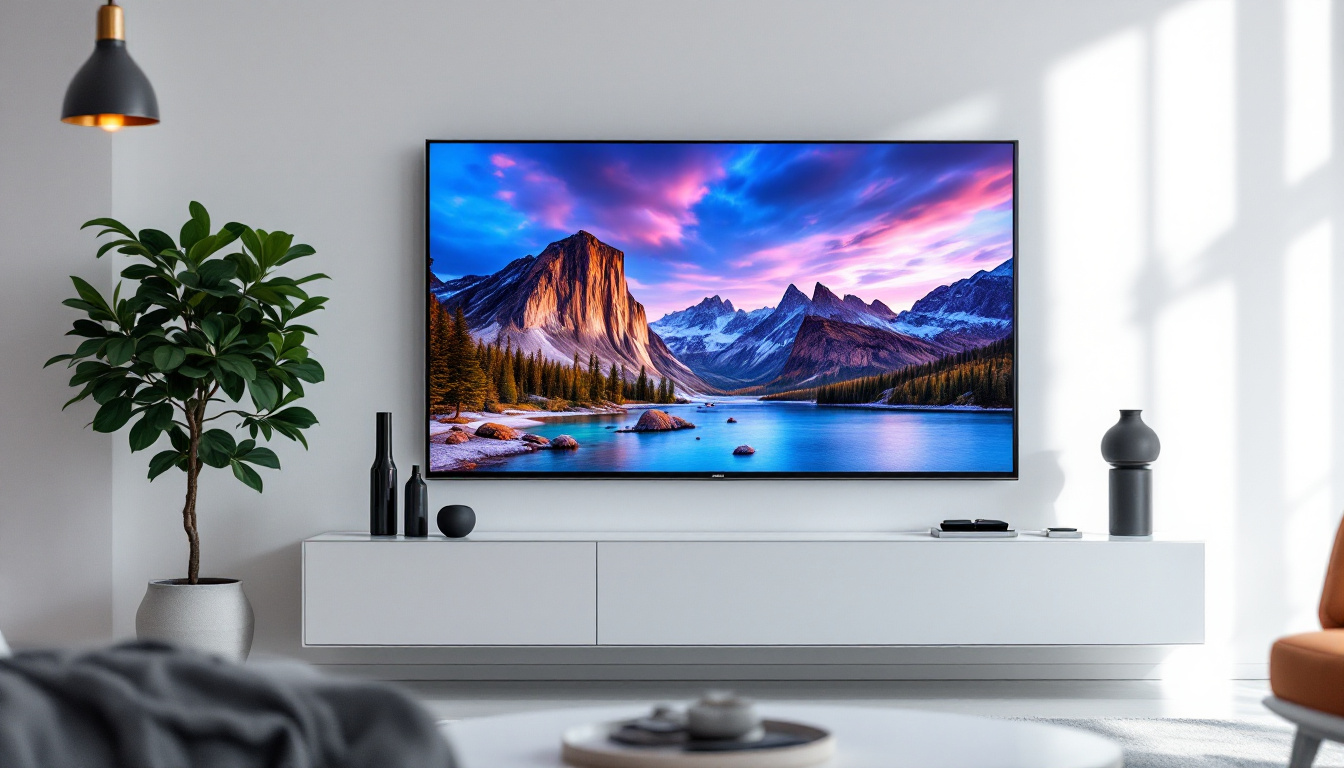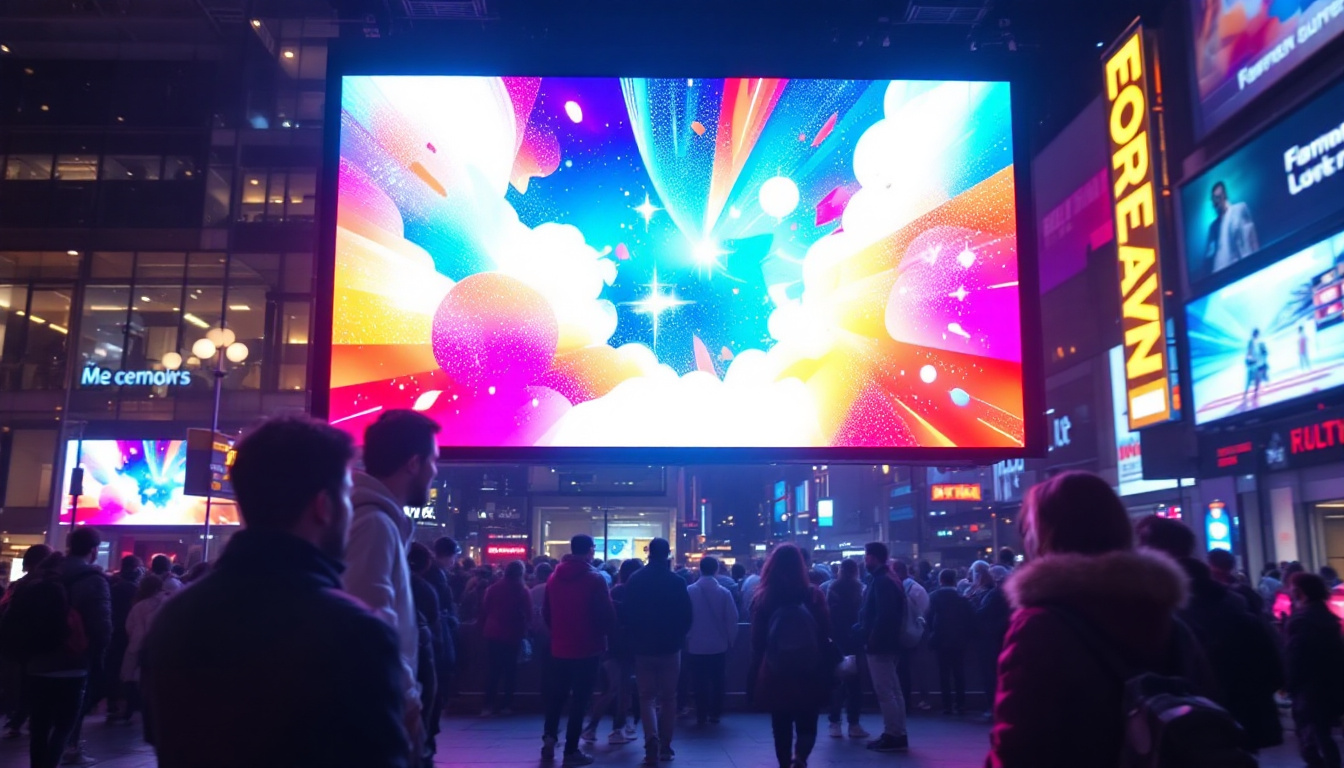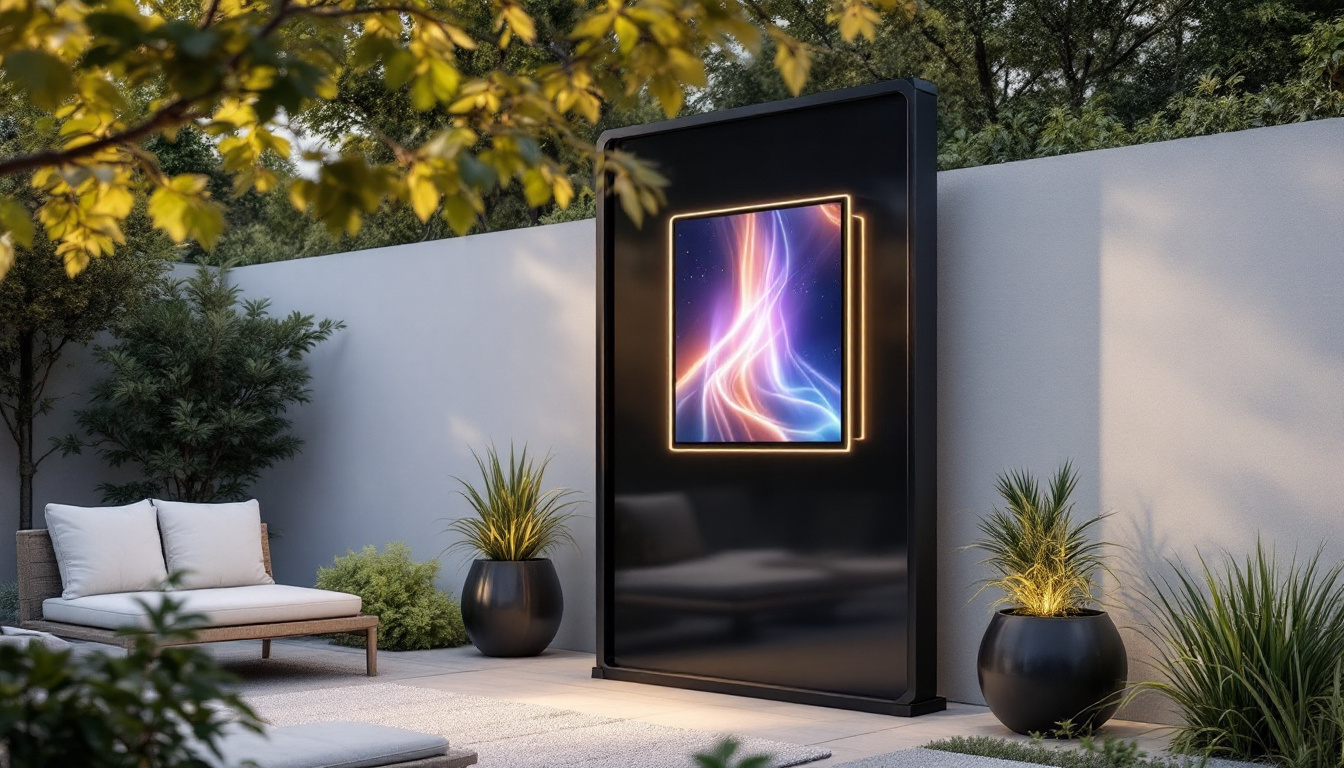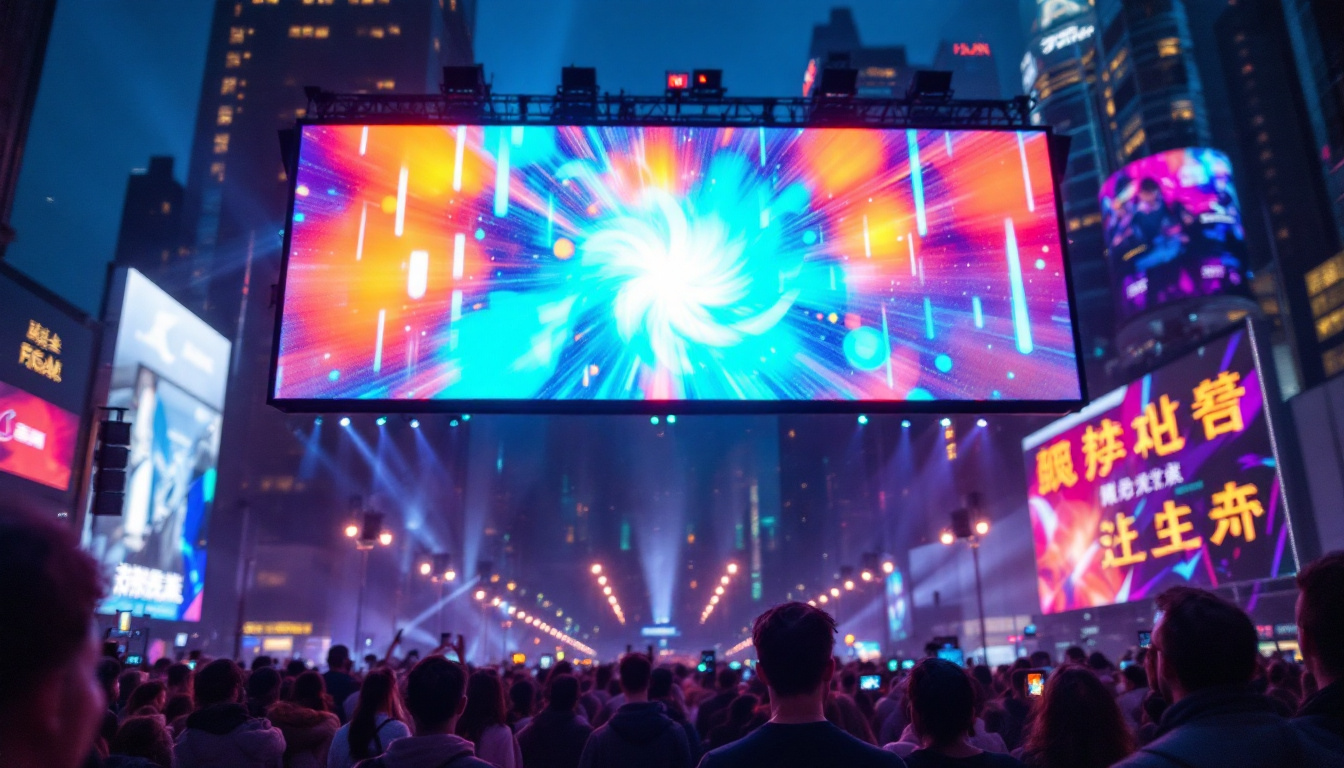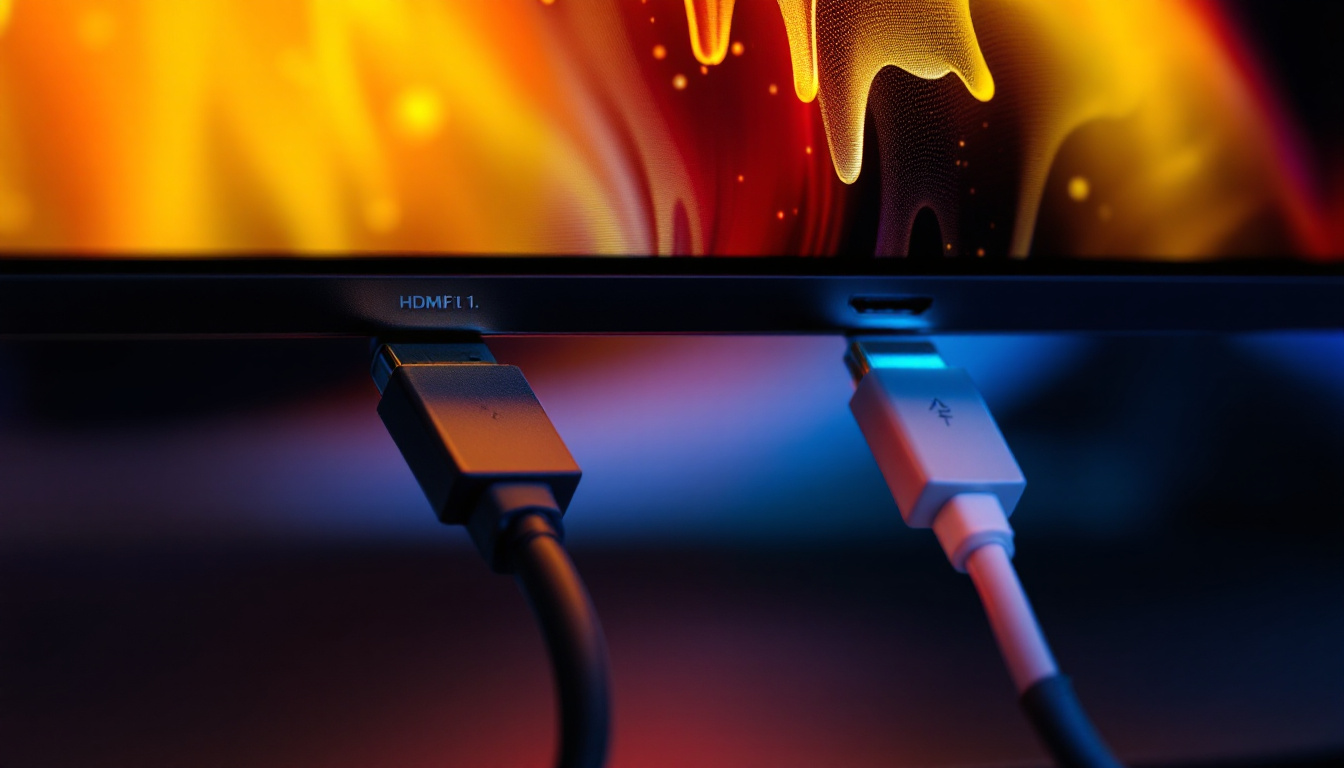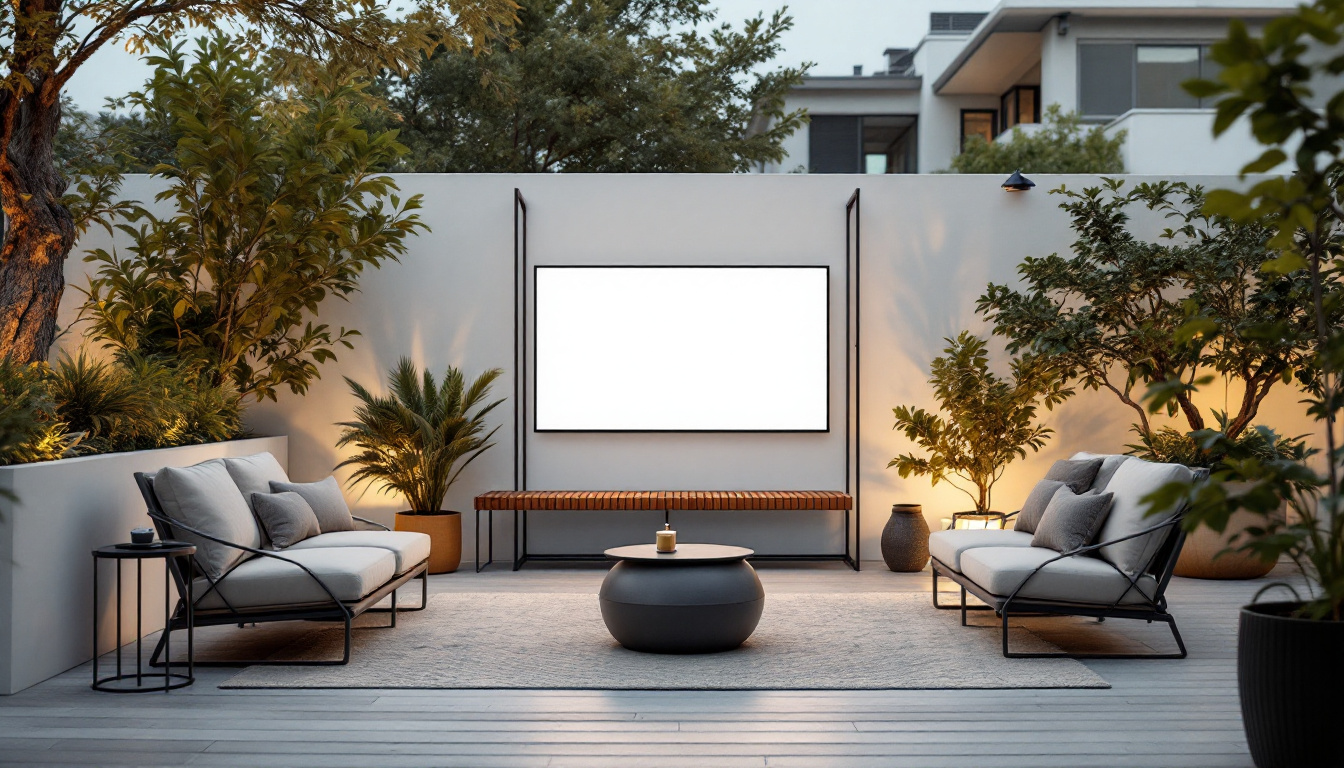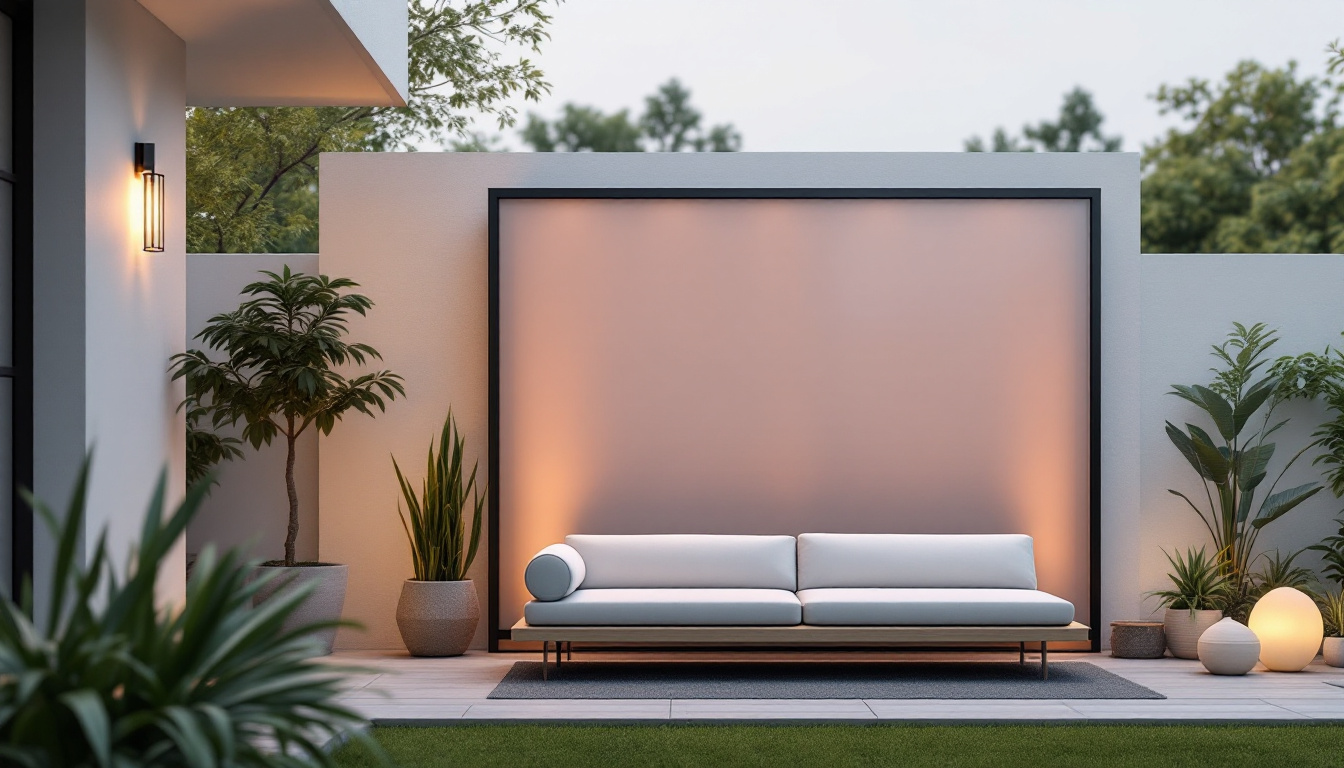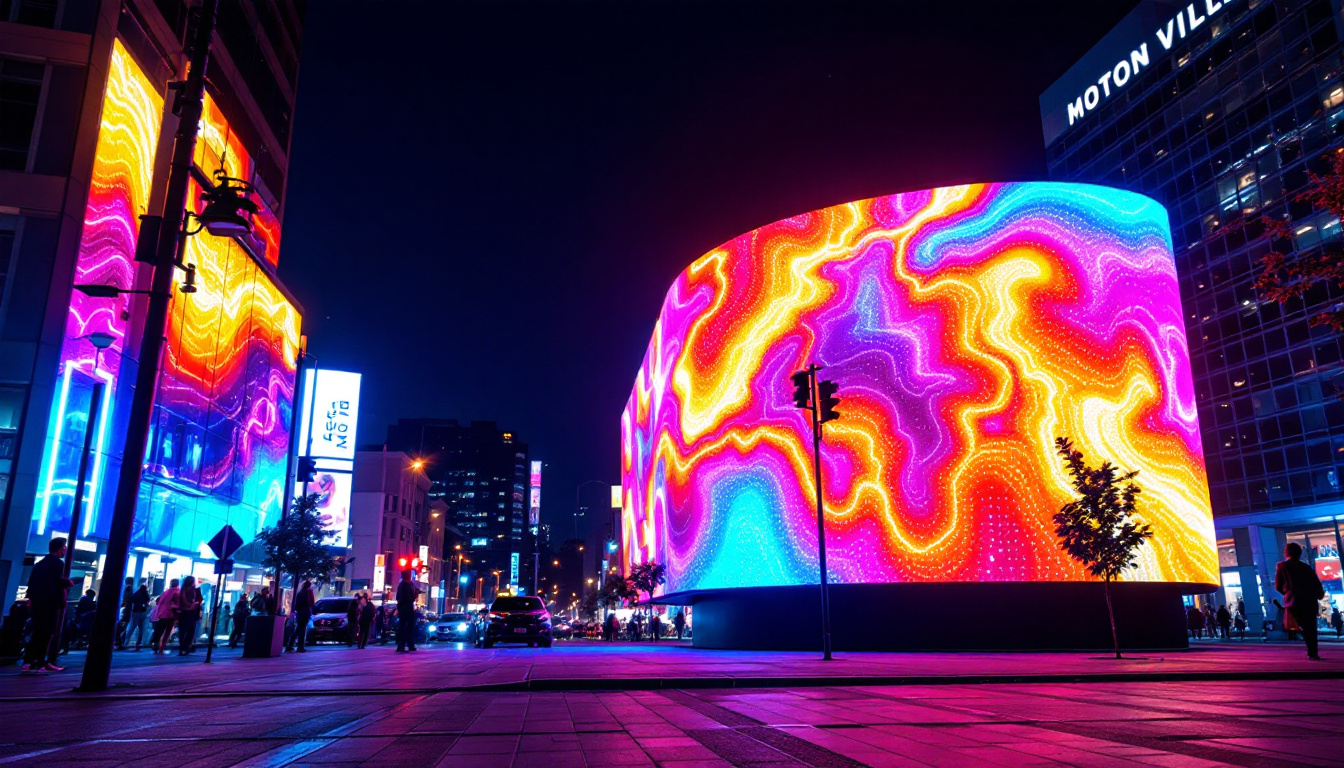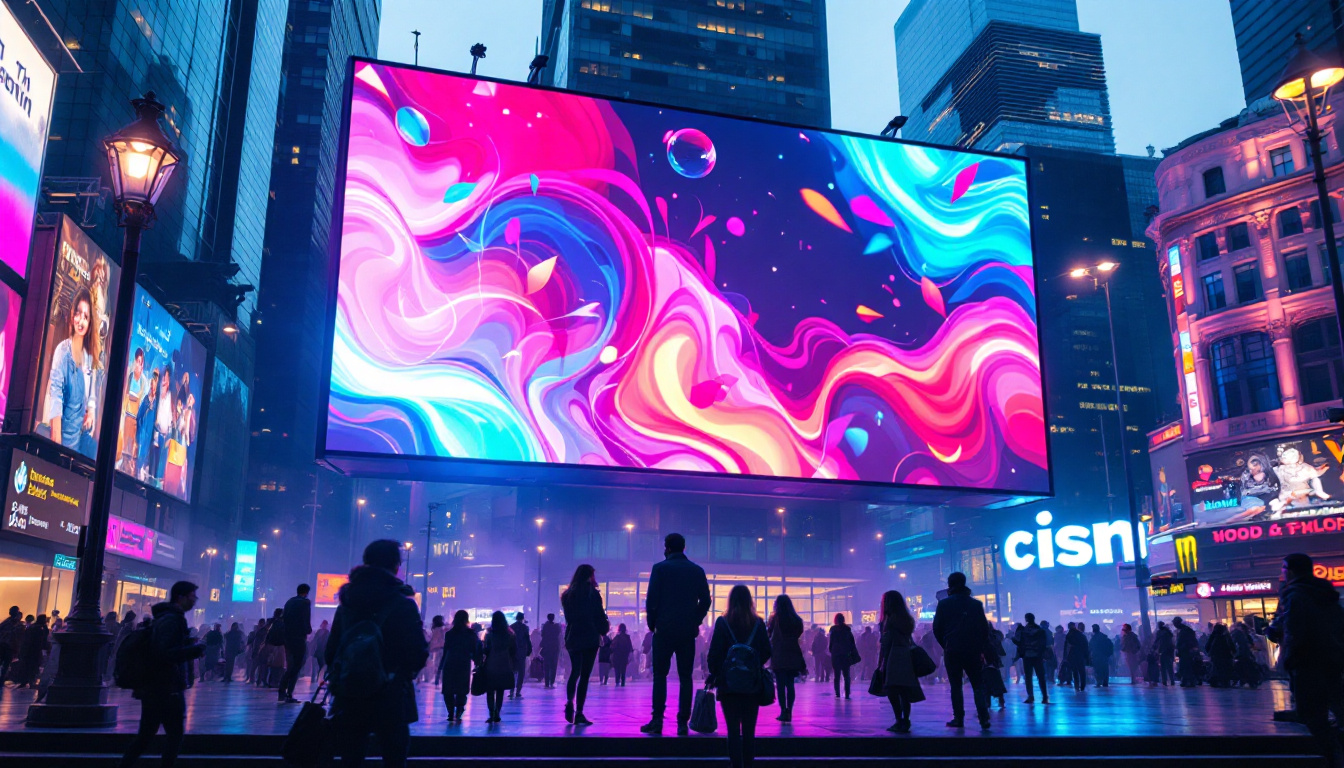In the world of televisions, the refresh rate is a crucial specification that can significantly impact the viewing experience. Understanding what a good refresh rate is, especially for LED displays, can help consumers make informed decisions when purchasing a new TV. This article delves into the intricacies of refresh rates, their importance, and how they affect picture quality.
Understanding Refresh Rate
The refresh rate of a television refers to the number of times per second that the image on the screen is updated. Measured in Hertz (Hz), a higher refresh rate generally means smoother motion and less blurring during fast-paced scenes. For example, a TV with a refresh rate of 60Hz updates the image 60 times per second, while a 120Hz TV does so 120 times.
Why Refresh Rate Matters
Refresh rate plays a vital role in the overall performance of a TV, particularly for sports, action movies, and video games. A higher refresh rate can reduce motion blur, making fast-moving objects appear clearer and more defined. This is especially important for viewers who enjoy high-action content, as it enhances the overall viewing experience.
Moreover, a higher refresh rate can also contribute to a more immersive experience. When watching sports, for instance, the fluidity of the action can make viewers feel as if they are part of the game, rather than just spectators. This sense of realism is one of the key reasons why many consumers prioritize refresh rate when selecting a television. Additionally, for gamers, a higher refresh rate can provide a competitive edge, allowing for quicker reaction times and smoother gameplay, which is crucial in fast-paced gaming environments.
Common Refresh Rates in TVs
Most modern LED TVs come with refresh rates of 60Hz, 120Hz, or even higher. While 60Hz is adequate for regular TV viewing and movies, 120Hz is often recommended for those who engage in gaming or watch a lot of fast-paced content. Some high-end models even offer refresh rates of 240Hz, which can provide an even smoother experience, although the difference may not be noticeable to all viewers.
It’s also worth noting that some manufacturers use various technologies to enhance the perceived refresh rate. For example, motion interpolation techniques can create additional frames between the original frames, effectively increasing the refresh rate without the need for a higher native rate. However, this can sometimes lead to the “soap opera effect,” where content appears overly smooth and unnatural. In contrast, some brands focus on maintaining the integrity of the original content by using advanced algorithms that minimize artifacts while still enhancing motion clarity. This balance between smoothness and authenticity is a crucial consideration for discerning viewers who wish to preserve the cinematic quality of films and shows.
Furthermore, the impact of refresh rate is not limited to just the viewing experience; it can also influence the overall longevity and performance of the television. Higher refresh rates can lead to increased power consumption, which is an important factor for energy-conscious consumers. Additionally, as technology advances, the standard refresh rates are likely to evolve, pushing manufacturers to innovate and find new ways to deliver smoother visuals without compromising other aspects such as color accuracy and brightness. As a result, understanding refresh rates is essential not only for selecting the right television but also for appreciating the technological advancements that shape our viewing experiences.
Choosing the Right Refresh Rate
When selecting a TV, determining the right refresh rate depends on how the TV will be used. For casual viewing, a 60Hz refresh rate may suffice, but for gamers or sports enthusiasts, investing in a 120Hz or higher model can be beneficial.
Content Type Considerations
Different types of content can influence the ideal refresh rate for a TV. For instance, standard television shows and movies are typically filmed at 24 frames per second (fps), making a 60Hz refresh rate more than adequate. However, for fast-paced sports or action films, a higher refresh rate can significantly enhance the viewing experience, reducing motion blur and improving clarity.
Additionally, video games often benefit from higher refresh rates, especially competitive gaming where every millisecond counts. Gamers may prefer TVs with 120Hz or higher refresh rates to ensure smooth gameplay and responsiveness. The difference is particularly noticeable in fast-paced titles where quick reflexes are crucial, as higher refresh rates can provide a more immersive experience with less lag and stutter.
Viewing Distance and Screen Size
The size of the TV and the distance from which it will be viewed also play a role in determining the appropriate refresh rate. Larger screens viewed from a closer distance may reveal motion blur more readily than smaller screens viewed from afar. Therefore, a higher refresh rate may be more beneficial for larger TVs, particularly when placed in smaller rooms.
In contrast, if the viewing distance is greater, the differences between refresh rates may become less noticeable. Thus, consumers should consider their specific setup when deciding on the refresh rate that best suits their needs. For instance, a 75-inch TV viewed from 10 feet away might not require the same refresh rate as a 55-inch TV viewed from 6 feet, as the larger screen may show more detail and motion artifacts at closer distances.
Furthermore, the technology behind refresh rates has evolved, with many modern TVs incorporating features like motion interpolation and variable refresh rates. These technologies can enhance the viewing experience by smoothing out motion without the need for a higher native refresh rate. This is particularly useful for content that is not originally produced at high frame rates, allowing viewers to enjoy smoother transitions and less judder, regardless of the source material.
LED Technology and Refresh Rate
LED TVs, which use light-emitting diodes to illuminate the screen, have become increasingly popular due to their energy efficiency and picture quality. However, the refresh rate of LED displays can vary, and understanding how it interacts with the technology is essential for making an informed choice.
How LED Displays Work
LED displays function by using a backlight to illuminate liquid crystal display (LCD) panels. The refresh rate of an LED TV is influenced by how quickly the liquid crystals can change state to produce a new image. This is why higher refresh rates are often associated with better performance, as they allow for quicker transitions between frames.
In addition to the refresh rate, LED technology can also impact the overall picture quality. For example, local dimming features can enhance contrast and black levels, which may be more noticeable at higher refresh rates. This combination of factors can lead to an improved viewing experience, particularly in dark scenes.
Comparing LED with Other Display Technologies
When considering refresh rates, it’s also helpful to compare LED displays with other technologies, such as OLED and QLED. OLED displays offer superior contrast and color accuracy, but they typically have refresh rates similar to LED TVs. QLED, on the other hand, combines LED technology with quantum dots to enhance color and brightness, but again, the refresh rates are comparable.
Ultimately, while refresh rate is an important aspect of TV performance, it should be considered alongside other factors such as color accuracy, contrast ratio, and viewing angles. Each technology has its strengths and weaknesses, and the best choice will depend on individual preferences and viewing habits.
Impact of Refresh Rate on Gaming
For gamers, refresh rate can be a game-changer. A higher refresh rate can lead to smoother gameplay, reduced input lag, and an overall better experience. As gaming technology advances, the demand for TVs that can keep up with high-performance gaming has increased.
Understanding Input Lag
Input lag refers to the delay between a player’s action (like pressing a button) and the corresponding action appearing on screen. A higher refresh rate can help minimize input lag, providing a more responsive gaming experience. For competitive gamers, even a few milliseconds can make a significant difference in gameplay.
Many modern gaming consoles and PCs support higher frame rates, often exceeding 60 fps. To take full advantage of this capability, a TV with a refresh rate of at least 120Hz is recommended. This ensures that the display can keep up with the fast-paced action, resulting in a smoother and more enjoyable gaming experience.
Variable Refresh Rate Technology
Variable refresh rate (VRR) technology is another important consideration for gamers. VRR allows the TV to adjust its refresh rate in real-time to match the frame rate output of the gaming console or PC. This helps eliminate screen tearing and stuttering, providing a seamless gaming experience.
Technologies like NVIDIA G-SYNC and AMD FreeSync are examples of VRR that can enhance the gaming experience on compatible TVs. These features are particularly beneficial for gamers who play fast-paced titles or engage in competitive gaming, as they ensure that the visuals remain smooth and fluid.
Conclusion
In summary, the refresh rate is a key factor in determining the quality of a television, particularly for LED displays. A good refresh rate can enhance the viewing experience, making fast-moving content appear smoother and more defined. For most viewers, a refresh rate of 60Hz is sufficient for regular TV watching, while gamers and sports enthusiasts may benefit from 120Hz or higher.
When selecting a TV, it’s essential to consider the type of content that will be watched, the size of the screen, and the viewing distance. Additionally, understanding how LED technology interacts with refresh rates can help consumers make informed decisions. Ultimately, the best TV for an individual will depend on their specific needs and preferences, but being aware of refresh rates is a crucial first step in the selection process.
Explore the Future of LED Displays with LumenMatrix
Now that you understand the importance of refresh rates in enhancing your viewing experience, take the next step with LumenMatrix. As a leader in LED display technology, we offer a wide range of innovative solutions tailored to meet your needs. From captivating Indoor LED Wall Displays to dynamic Outdoor LED Wall Displays, and from versatile Vehicle LED Displays to engaging LED Sports Displays, our products are designed to revolutionize visual communication. Experience the difference with our cutting-edge LED display modules that promise to elevate your brand’s visibility and create unforgettable visual experiences. Check out LumenMatrix LED Display Solutions and see how we can help you share your message with impact and clarity.

